Rise of the Ronin Review | Far Cry Japan
Not necessarily the ideal Samurai simulator but Rise of the Ronin does hit when it tries to play to its strengths.
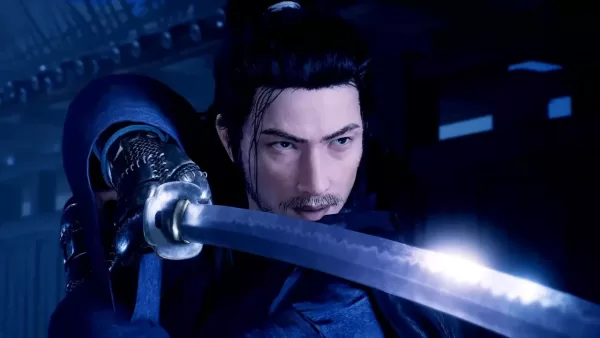
Rise of the Ronin is Team Ninja’s take on 19th century Japan, a time filled with political turmoil and civil unrest for the country as the West is trying to colonize in the name of trade and capitalism. While the game may stumble in its narrative execution and technical performance, its fun gameplay and distinct style make it a journey worth looking at. Playing as a samurai armed with a grappling hook and gliding wings, it sounds like the ultimate fan fiction experience, for better or worse. Check out our Rise of the Ronin review.
Team Ninja games has always had a special place in my heart. Nearly each one has an undeniable charm to them that I can’t quite explain. As I mentioned in my first impressions, games like Nioh, Wo Long: Fallen Dynasty, and Stranger of Paradise: Final Fantasy Origin aren’t necessarily pinnacles of the industry in terms of technical or narrative excellence, but they are all super enjoyable to spend hours into. In a lot of ways, Rise of the Ronin follows the same path while trying its best to be more appealing to a wider audience. In the game’s pursuit to be a more approachable title, it lets go of some of the key aspects that makes Team Ninja games so endearing to begin with.
Cutting to the chase

While the game’s narrative sets the stage for an interesting adventure, the execution falls short in the initial hours. This is one of the more narrative-focused titles from Team Ninja, and it’s a bit of a rough time because of it.
The cast of characters aren’t necessarily what you’d call memorable. While they all do their roles substantially well, no one really stands out as a personality. Even the main character that you play as. The game can’t decide if it wants to be a silent protagonist or not as most of the item, it just stands around in silence while in other cutscenes, it speaks a line or two. While I have no problems with a mute main character, Rise of the Ronin definitely didn’t execute it as well as it could’ve. Dialogue feels flat, and English voiceovers lack immersion, making the switch to Japanese audio a preferable choice.
The start of the game actually sets up a pretty interesting premise. You are a lone Samurai wandering in search of your Blade Twin. The opening level does a great job at introducing the player to combat mechanics, stealth, and area exploration. All while being fairly striking with its presentation. However, as soon as you leave the boat, a lot of the potential gets left behind.
Once you reach the open world, Rise of the Ronin starts to lose the cinematic tone that was so prominent in the opening sequences. The spaces feel empty and not lived in. In Ghost of Tsushima, you could feel the tension and terror of the land as it is slowly being overrun by savage oppressors all while basking in the few but prominent moments of peace and serenity. A lot of that environmental energy is not present here in Rise of the Ronin.
Team Ninja has always produced great looking cutscenes but for this game, it feels like they heavily toned it all back for a more somber approach. It lacks the kinetic energy that was greatly complimented by the frantic gameplay systems.
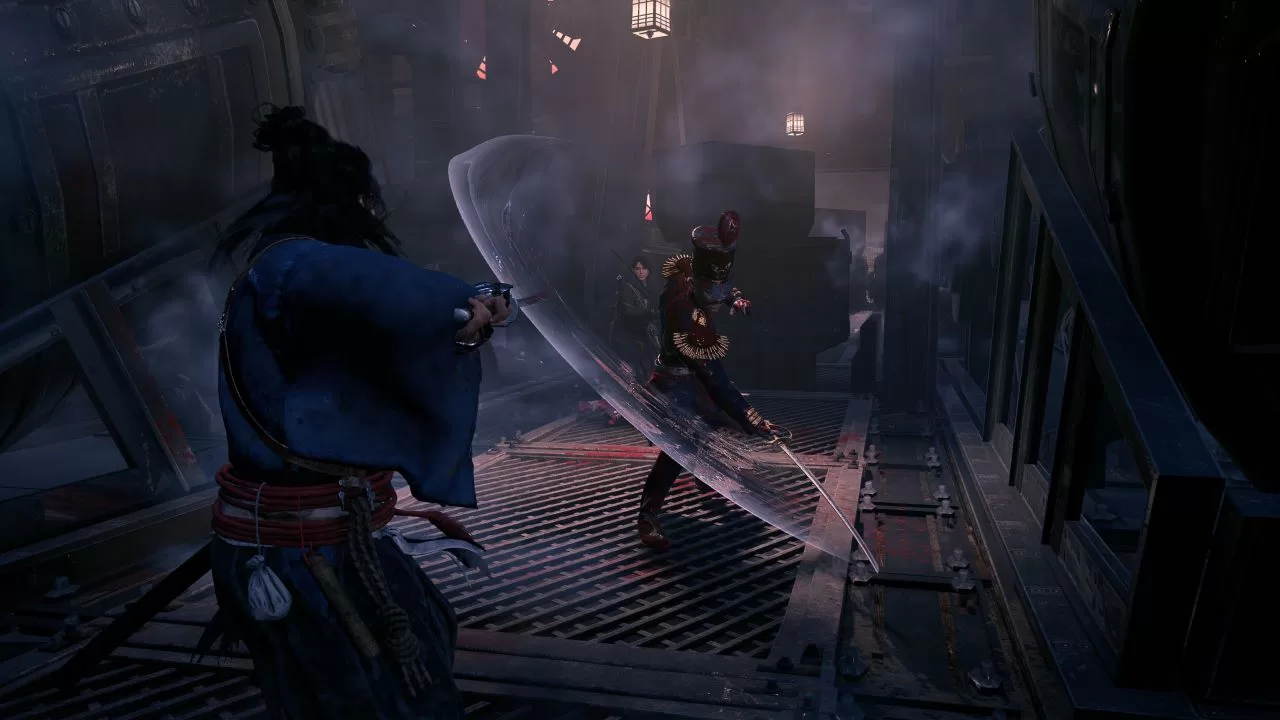
It does take a couple hours before something happens in the story that pulled my interest back in. I won’t spoil it but it’s a definite turning point as nearly every mission I did after that had a more emotional weight to it, something that was severely lacking for a noticeable time.
The game places a lot of emphasis in your character’s relationship with others. It is, however, nowhere near the same amount of depth the Bioware games had. The bland writing doesn’t help its case either. While you are given the opportunity to choose between options that can affect the story’s outcome, it takes a while before you notice anything significant. But it is a fun thing to play around in, deciding how to interact with people by using political, emotional, or sheer physical factors.
Rise of the Ronin tries to swing fast at being a plot-driven title, but it doesn’t do quite the clean cut that it wants to. Thankfully, the gameplay is what the studio is known for.
Samurai Souls
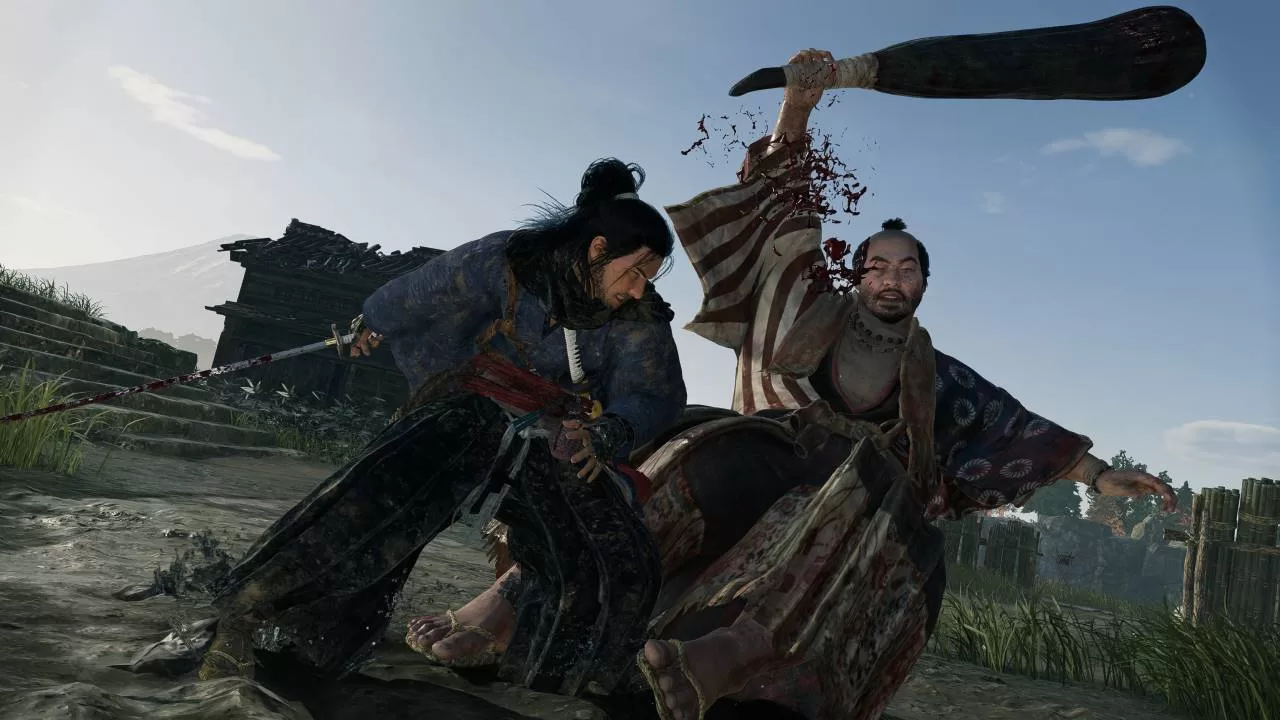
Comparisons to Ghost of Tsushima are inevitable, and while Rise of the Ronin doesn’t quite match its narrative depth, it excels in gameplay design. The combat system is a refined, if a bit slowed downed version of Team Ninja’s signature style, offering multiple weapon types and flashy animations that keep battles engaging and challenging. Stealth mechanics provide an alternative approach, though facing enemies head-on remains the more fun option even though the latter is clearly more overpowered.
The game incorporates elements from the Soulsborne genre, rewarding players with Karma for defeating enemies. If you’re defeated in battle, you lose all of the Karma points. The only way you can get it all back is to come back and defeat the enemy that gave you the killing blow through the Vendetta system. You can cash these in at Veiled Edge Banners scattered throughout the map. These act as the bonfires and fast travel points of the game. Once you cash them in, you can use the skill points to level up different stats of your character.
While you are asked to choose a specific specialization in the beginning of the game, you’re very much free to level up a different skill tree if you choose to go for another route later on. A great thing about Rise of the Ronin is that the more you use a certain weapon type, the more you’ll specialize in it. With the amount of loot that you find on a regular basis, this is a great way to encourage players to experiment. The unfortunate side of this is that the loot gets uninteresting very quickly. It won’t be long till you start looking at them as mere stat increases and passive buffs.
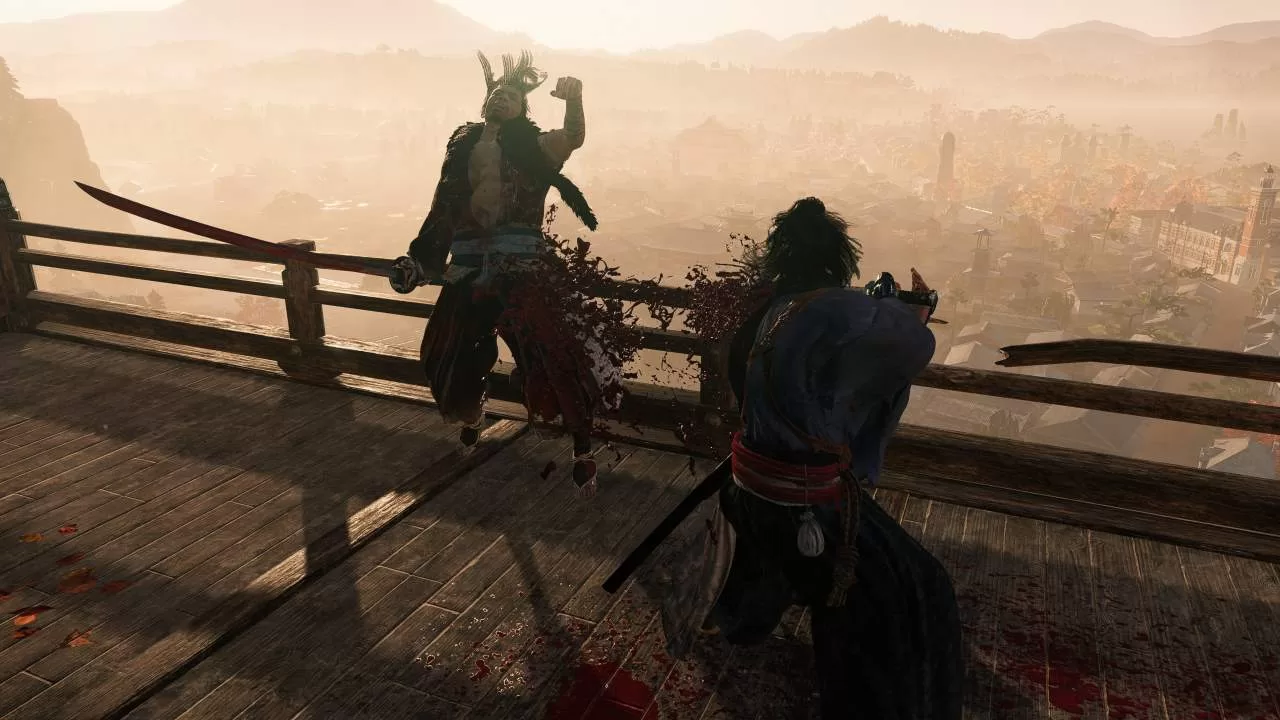
The combat places a lot of importance on parrying and blocking with dodging being more of a final resort rather than a constant solution. This is a feature that I really love about Team Ninja’s combat systems because it encourages a more proactive approach to gameplay. Enemies in Rise of the Ronin has the same rules as you do. You all consume Ki with every action you do but once this is depleted, you’ll be susceptible to critical attacks. There’s is a great system wherein your weapon gets increasingly bloodied and if you press the R1 at the right time, you’ll quickly shed this off and gain some Ki in return.
There are multiple difficulty options making this game the most approachable way to get into a Team Ninja title. You can also tweak specific settings like less damage taken, Ki depletion, etc. Rise of the Ronin doesn’t hold back compared to other mainstream releases, but it is definitely the easiest Team Ninja game I’ve played.
Boss encounters showcase the peak of the game’s difficulty curve, offering a great test of skill. However, there are certain multi-boss encounters that really doesn’t play into the strengths of Rise of the Ronin’s combat. They just end up being annoying and tedious. Almost the same issues Dark Souls 2 had.
The Samurai disbelief
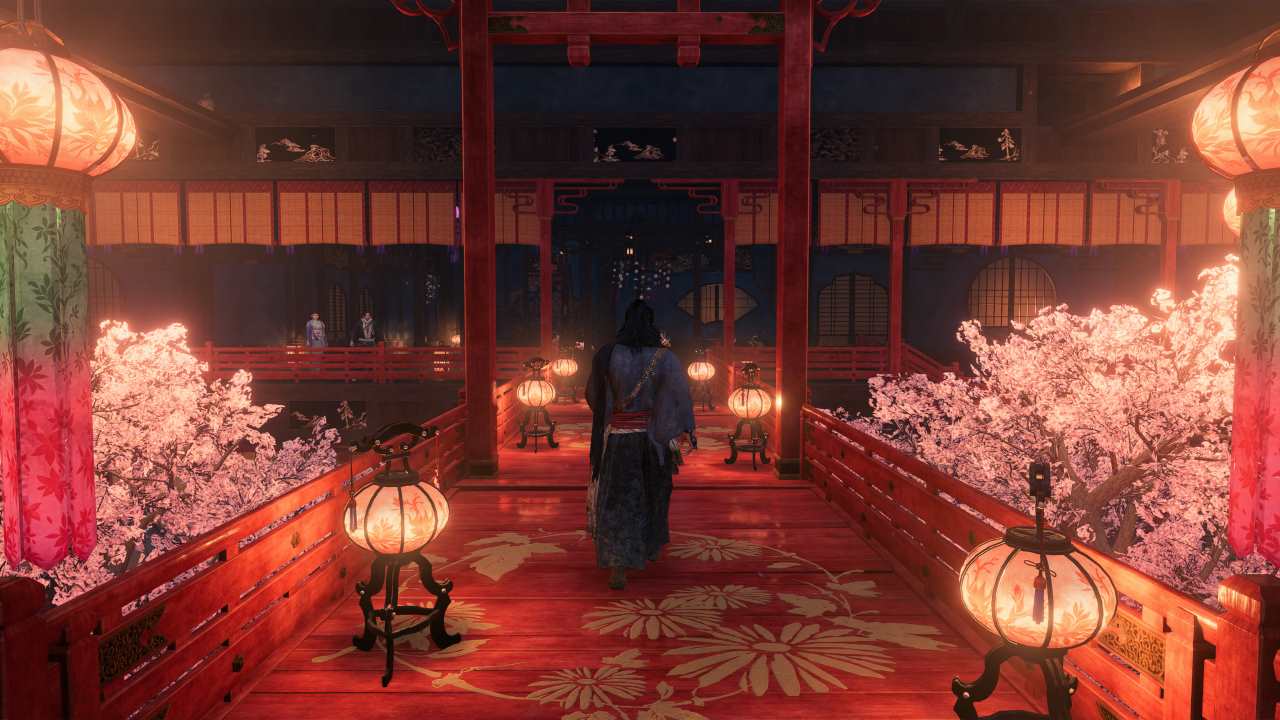
Visually, Rise of the Ronin may not reach the heights of its predecessors, but it’s far from a PS3-era relic, as so many others would say during the preview period. While textures and level design lack any distinguishable identity, with no shortage of technical issues, the game maintains a fairly acceptable visual standard. Just don’t expect to be blown away. The Japanese aesthetics are great, but the “uglier” parts of the environment belong to the generic looking Western structures.
While the main missions offer enough variety in terms of scenarios, the side content is what ultimately drags the experience down. It’s a lot of fetch and filler content that don’t really make sense in the rules of the world itself. They’re constant reminders of how disconnected the experience is. A simple example would be when a beggar asked me to take a picture of his long-lost geisha daughter. I then rescue her from an incoming house raid from a group of bandits. After the traumatizing near-death experience, she then casually agrees for a picture after verbally expressing her resentment towards the absent father. But it’s okay since I get a large amount of XP and some loot in return from the dying beggar.
Immersive is not exactly what I’d use to describe Rise of the Ronin. My character just knows exactly where to go, all the time, despite having little to no context. There’s a lot of moments in the game where people just accept what happens for no reason at all. I believe that’s one of the biggest things that the game misses on, providing ample enough reason for anything. I’m motivated to progress through XP and loot gain rather than a narrative pull.
Rise of the Ronin Review Final Verdict – 7/10
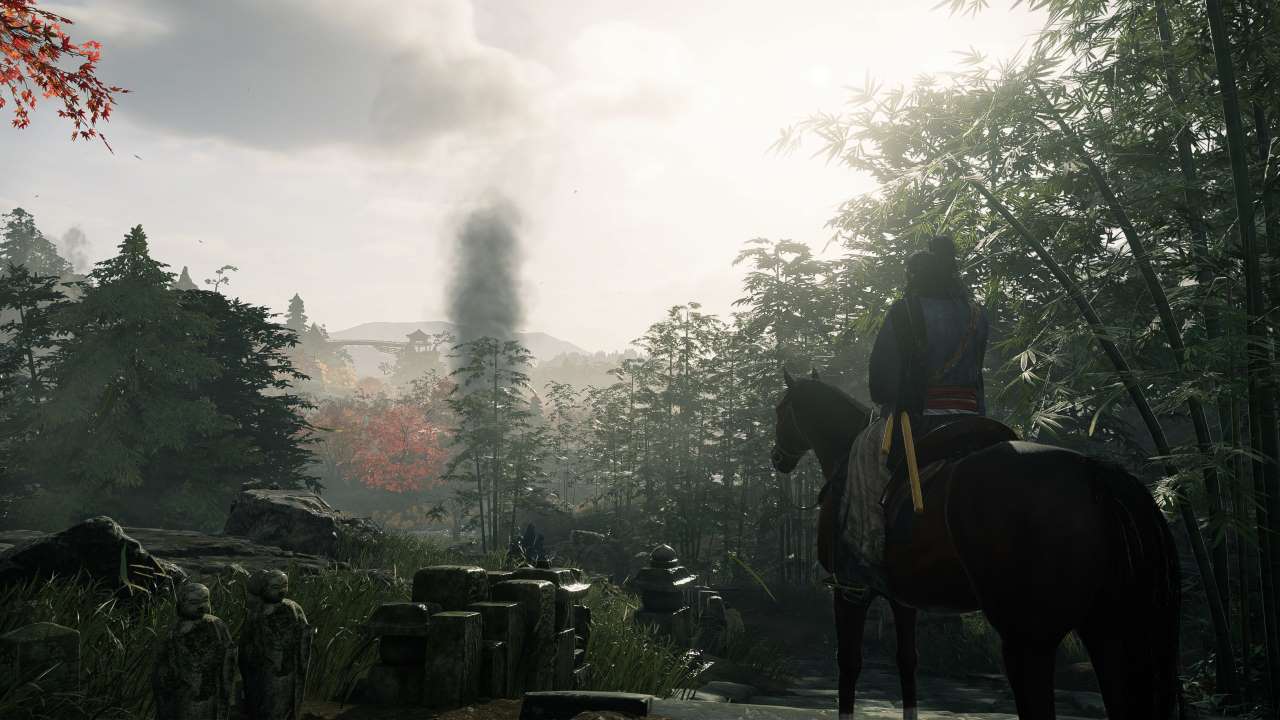
The tragedy of the game is that it doesn’t maximize what makes Team Ninja the way that they are. In the few moments that it does, particularly the combat, it’s an extremely fun and over-the-top Samurai experience. I’d go as far as to say that this alone makes the game worth a look. If past Team Ninja games looked intimidating, Rise of the Ronin is a perfect way to ease yourself into what it’s like.
But when the game is trying to push its narrative, flat open-world, and simplistic characters, which it does all the time, it becomes no more than a generic title that doesn’t do much to distinguish itself in the market. The entire game felt like the developers were trying to appeal to a bigger audience, but they ended up alienating the ones that were already there from their past titles.

